12 GPTs for Visualization Tool Powered by AI for Free of 2025
AI GPTs for Visualization Tool are advanced, generative pre-trained transformers designed to enhance visualization tasks. These AI-driven tools leverage the power of GPT models to interpret, analyze, and visualize data, making complex information accessible and understandable. They are pivotal in creating tailored visualization solutions that cater to a broad spectrum of tasks, from simple graph generation to intricate data analysis and interpretation. Their adaptability and proficiency in handling diverse datasets make them invaluable in transforming raw data into compelling visual stories.
Top 10 GPTs for Visualization Tool are: Floorplan Visualizer,TOC Creating DFAs,Literal Image Description Parser,Spiritual Visual Creator,Render Pro,BladeBot,Paper Genie,🏙️ Smart City Architect Pro 🌳,探秘数学,Wrap Wizard
Floorplan Visualizer
Transforming floorplans into visual masterpieces.
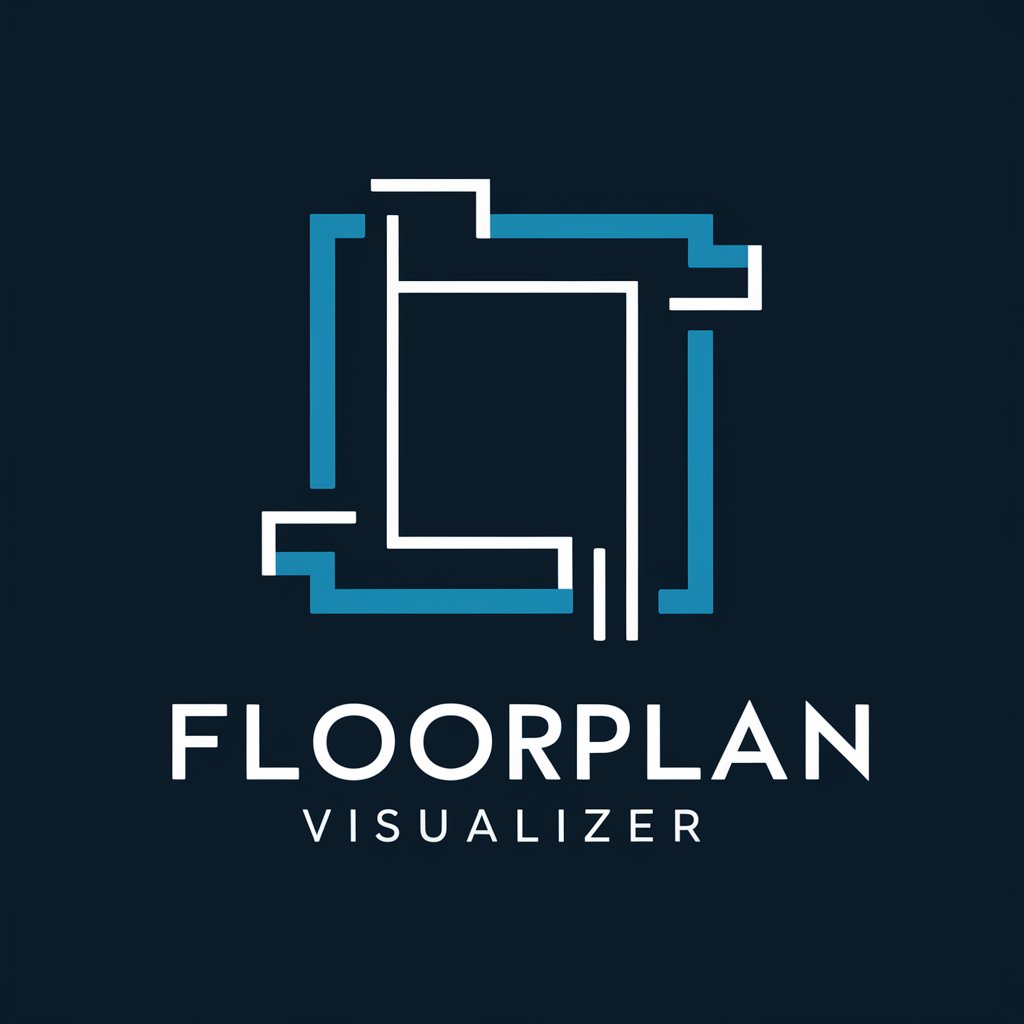
TOC Creating DFAs
Simplifying Automata with AI
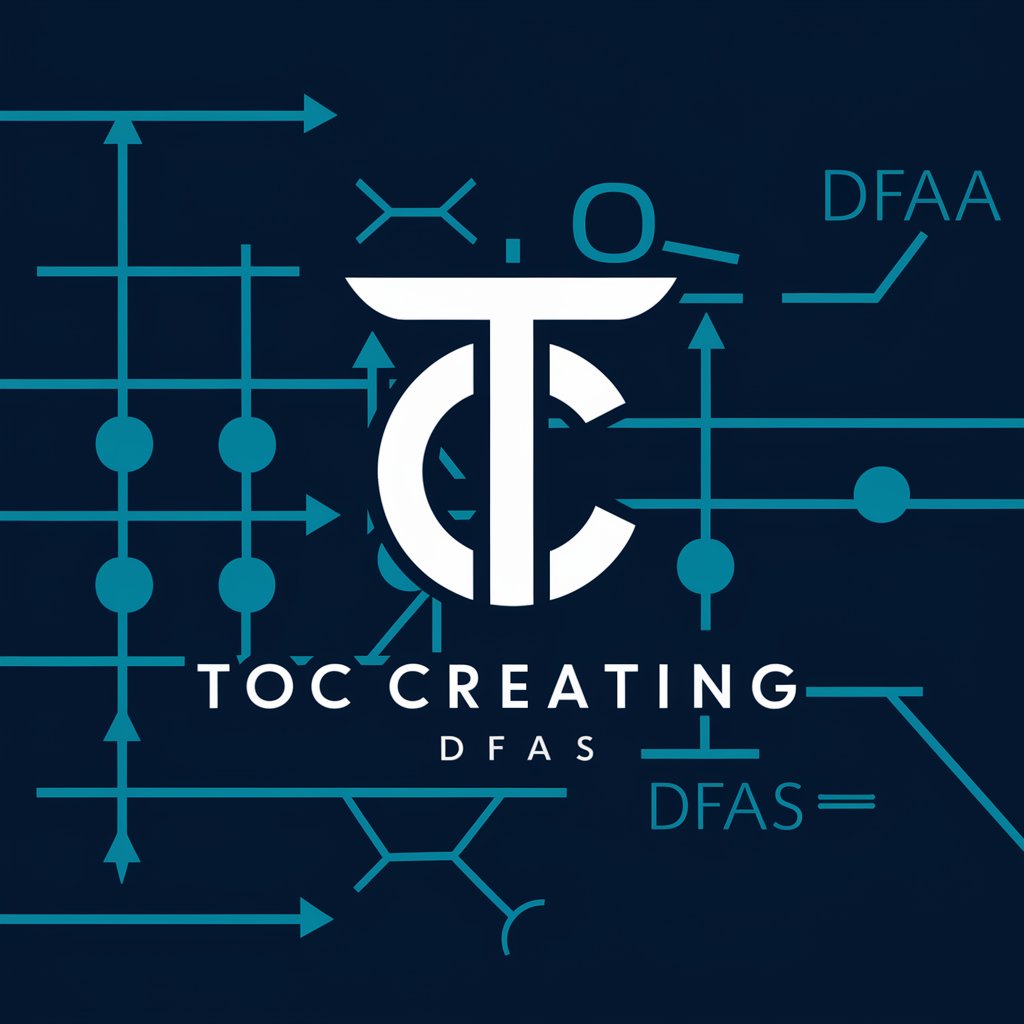
Literal Image Description Parser
Transform Words into Visuals with AI

Spiritual Visual Creator
Visualize spirituality with AI-powered art
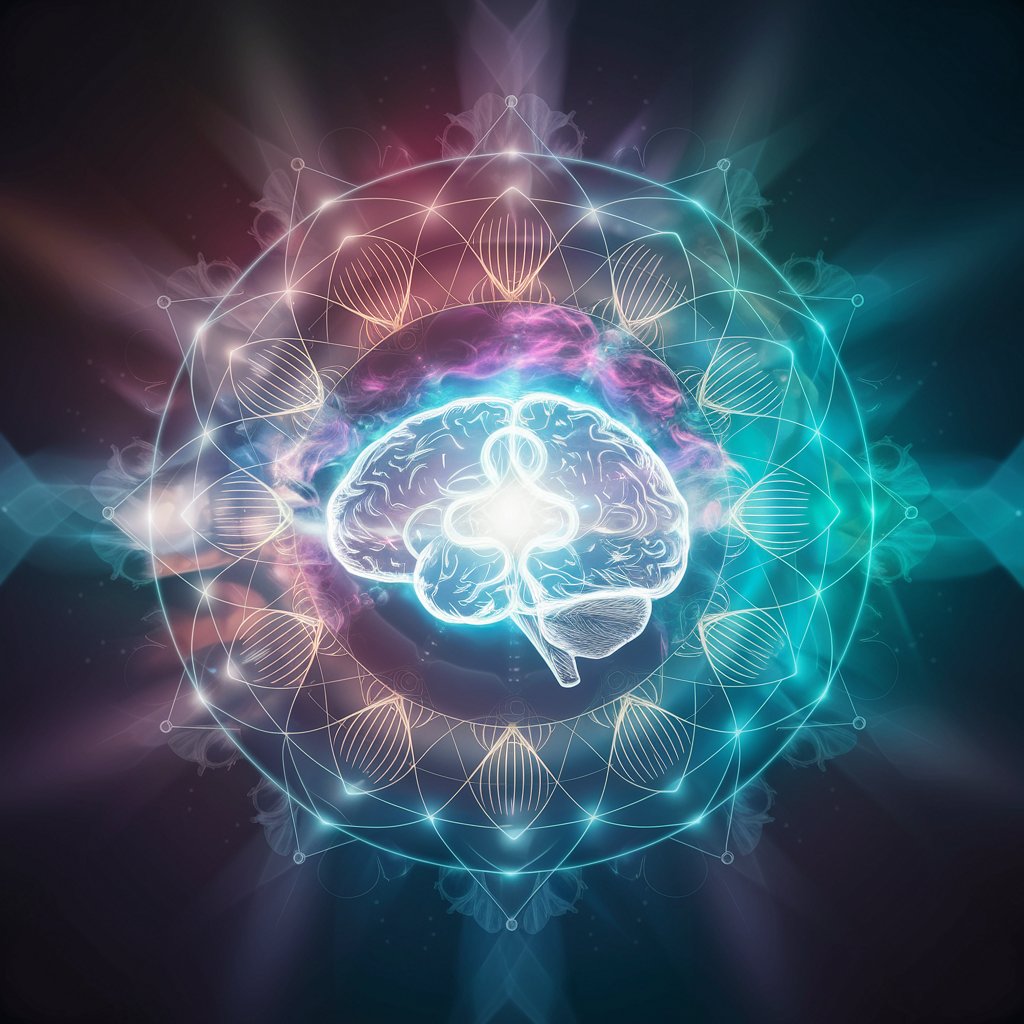
Render Pro
Revolutionize Graphics Programming with AI
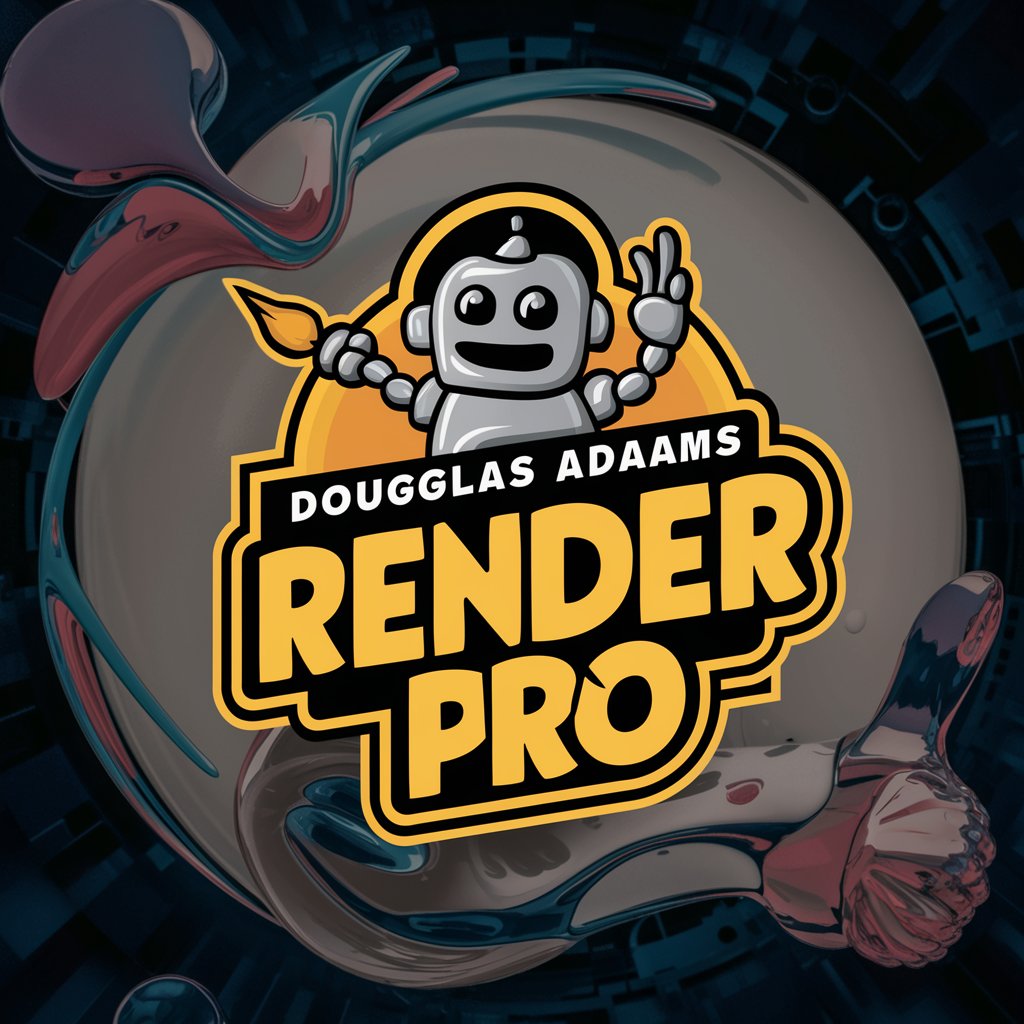
BladeBot
Revolutionizing Wind Turbine Design with AI

Paper Genie
Visualizing AI with Clarity
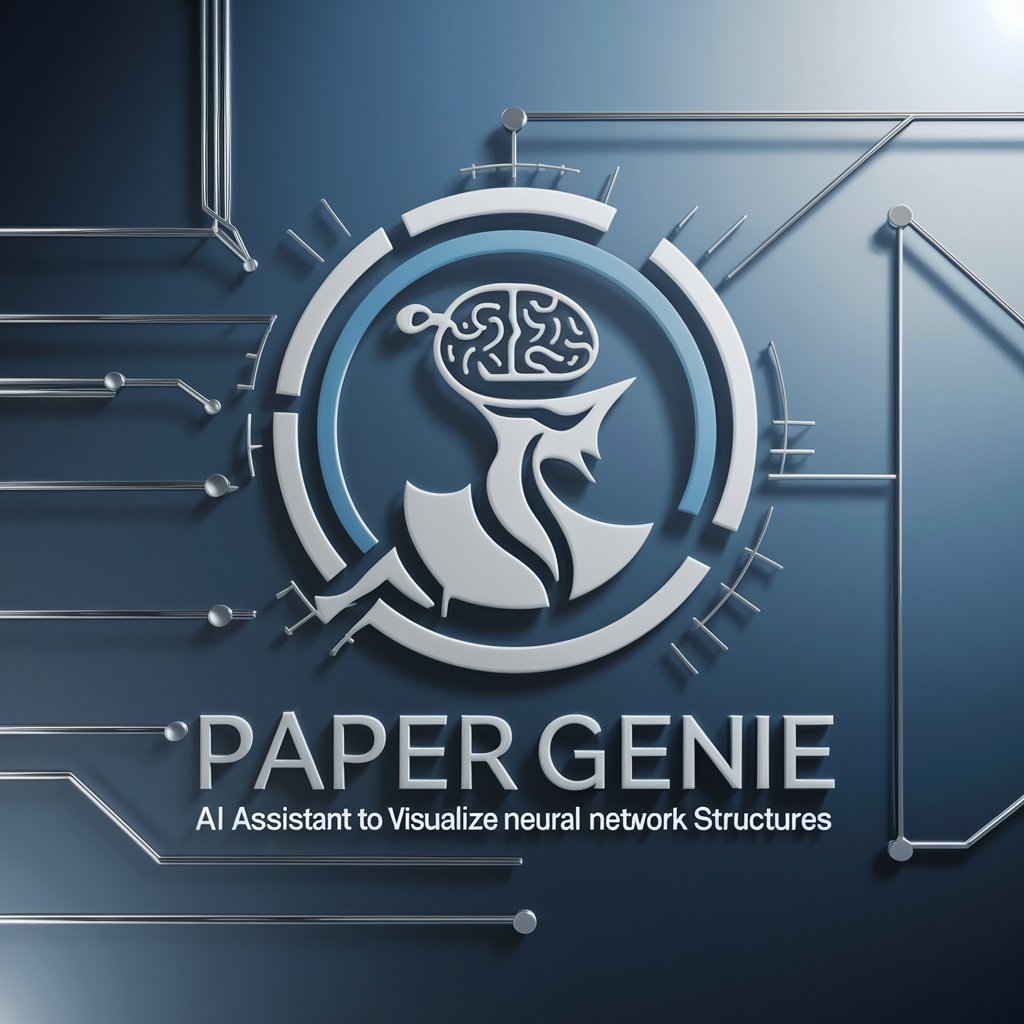
🏙️ Smart City Architect Pro 🌳
Designing Future Cities with AI

探秘数学
Unlock Math Secrets with AI
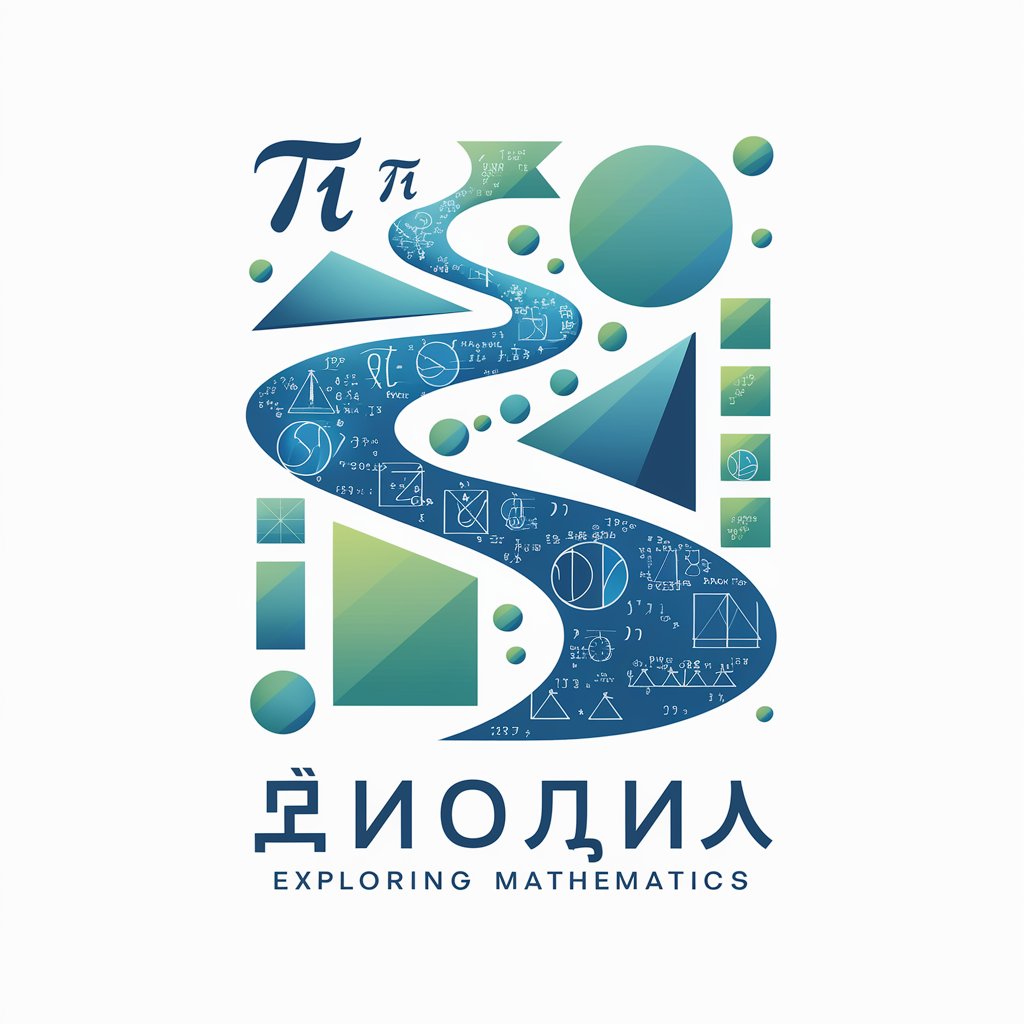
Wrap Wizard
AI-Powered Vehicle Wrap Insights

Brick Visualizer
Transform Your Home with AI-Powered Brick Visualization

ProteoGuide
Streamline Proteomics with AI
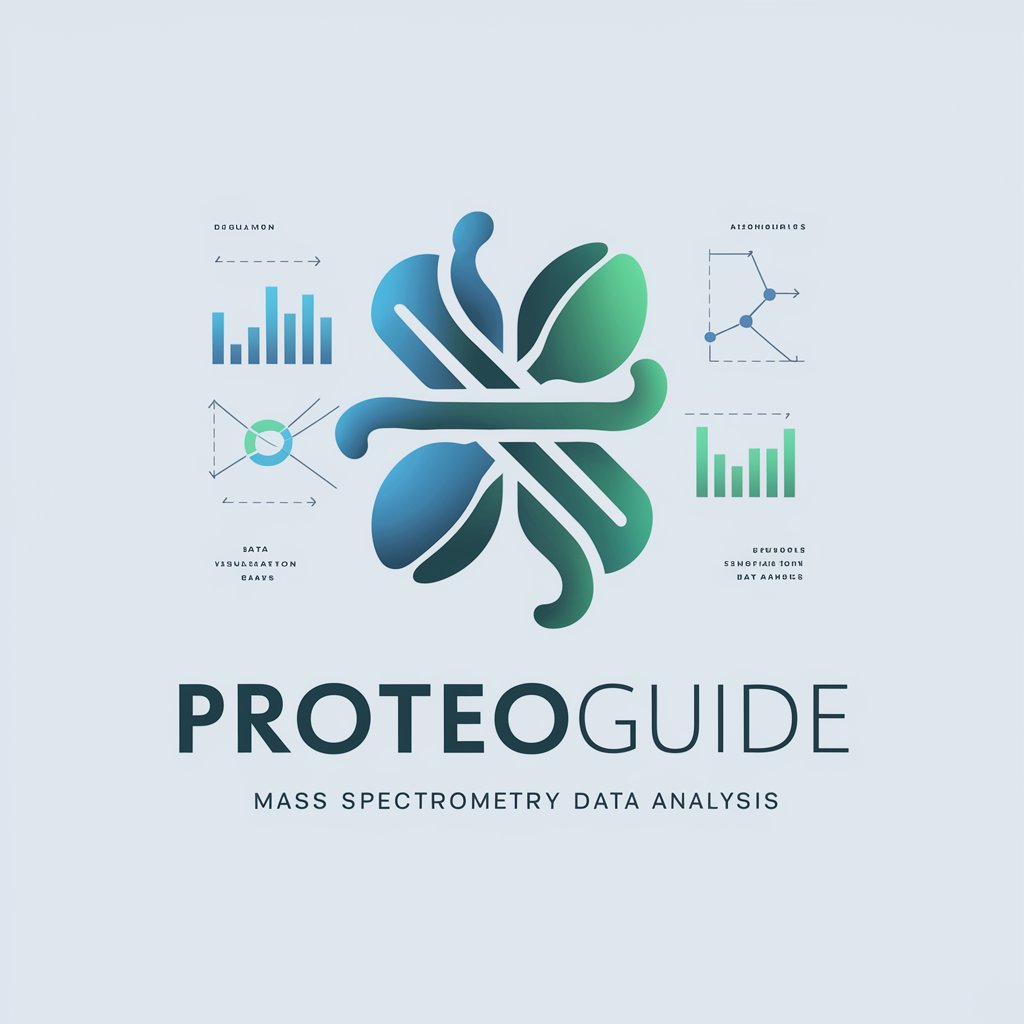
Essential Attributes and Functions
AI GPTs for Visualization Tool excel in several core areas. They adapt from generating basic charts to performing complex data analyses and creating interactive visualizations. Key features include natural language understanding for intuitive query processing, dynamic data interpretation, and the ability to generate a wide range of visual outputs. Advanced capabilities encompass predictive analytics, trend identification, and customized visualization styles, supporting both standard and unique data representation needs. These tools also integrate seamlessly with various data sources, offering scalable solutions to visualization challenges.
Primary Beneficiaries of Visualization AI
The primary audience for AI GPTs in the Visualization Tool domain spans from beginners to seasoned professionals. Novices can leverage these tools to create visualizations without deep coding knowledge, thanks to intuitive interfaces and natural language processing capabilities. Developers and data scientists benefit from the advanced customization options, allowing for intricate data analysis and representation. These tools are also invaluable for business analysts, journalists, and educators, facilitating data-driven storytelling and insights.
Try Our other AI GPTs tools for Free
Sneaker Identification
Discover the cutting-edge AI GPTs for Sneaker Identification, your ultimate tool for authenticating, identifying, and valuing sneakers with precision and ease.
Styling Advice
Discover how AI GPTs for Styling Advice transform fashion choices with personalized recommendations, leveraging the latest in AI technology for tailored style insights.
Bathroom Design
Discover how AI GPTs for Bathroom Design can transform your bathroom renovation projects with tailored design solutions, intuitive interfaces, and advanced visualization capabilities.
Eco-Friendly Options
Discover how AI GPTs for Eco-Friendly Options are shaping the future of sustainability. Tailored AI solutions for a greener tomorrow.
Guest Communication
Discover how AI GPTs for Guest Communication revolutionize interactions, offering personalized, efficient, and scalable solutions to enhance guest experiences.
Property Staging
Discover the future of real estate with AI GPTs for Property Staging: revolutionary tools transforming property visualization and enhancing marketability through tailored, realistic virtual stagings.
Further Exploration into AI-Driven Visual Solutions
AI GPTs for Visualization Tools are at the forefront of merging technology with creativity, providing platforms that are not only user-friendly but also highly adaptable to various professional needs. The integration of these tools with existing systems enhances workflows, enabling users to derive actionable insights from data. With ongoing advancements, these tools are set to revolutionize how we understand and interact with data, making complex information more accessible and engaging.
Frequently Asked Questions
What exactly are AI GPTs for Visualization Tools?
AI GPTs for Visualization Tools are sophisticated AI models that specialize in data visualization tasks, offering both simple and complex visualization capabilities through natural language understanding and advanced data analysis.
Can non-programmers use these tools effectively?
Yes, thanks to intuitive interfaces and natural language processing, non-programmers can easily generate data visualizations without needing to write code.
What types of visualizations can these tools create?
They can produce a wide range of visual outputs, including graphs, charts, interactive dashboards, and even predictive models, tailored to the user's specific requirements.
How do AI GPTs adapt to different datasets?
These tools utilize machine learning to interpret and analyze diverse datasets, dynamically adapting to the data's structure and content for optimal visualization.
Can these tools integrate with existing data sources?
Yes, they are designed to connect seamlessly with various data sources, including databases, spreadsheets, and web APIs, facilitating easy data import for visualization.
Are there customization options for developers?
Absolutely, developers have access to a range of customization options, including the ability to modify visualization parameters, integrate custom data processing scripts, and utilize APIs for enhanced functionality.
How do these tools handle data privacy?
AI GPTs for Visualization Tools are built with data privacy in mind, employing secure processing and storage practices to protect sensitive information.
What future trends are expected in AI-driven visualization tools?
Future trends include more immersive and interactive visualization experiences, greater integration with AI for predictive analytics, and enhanced natural language capabilities for even simpler user interactions.